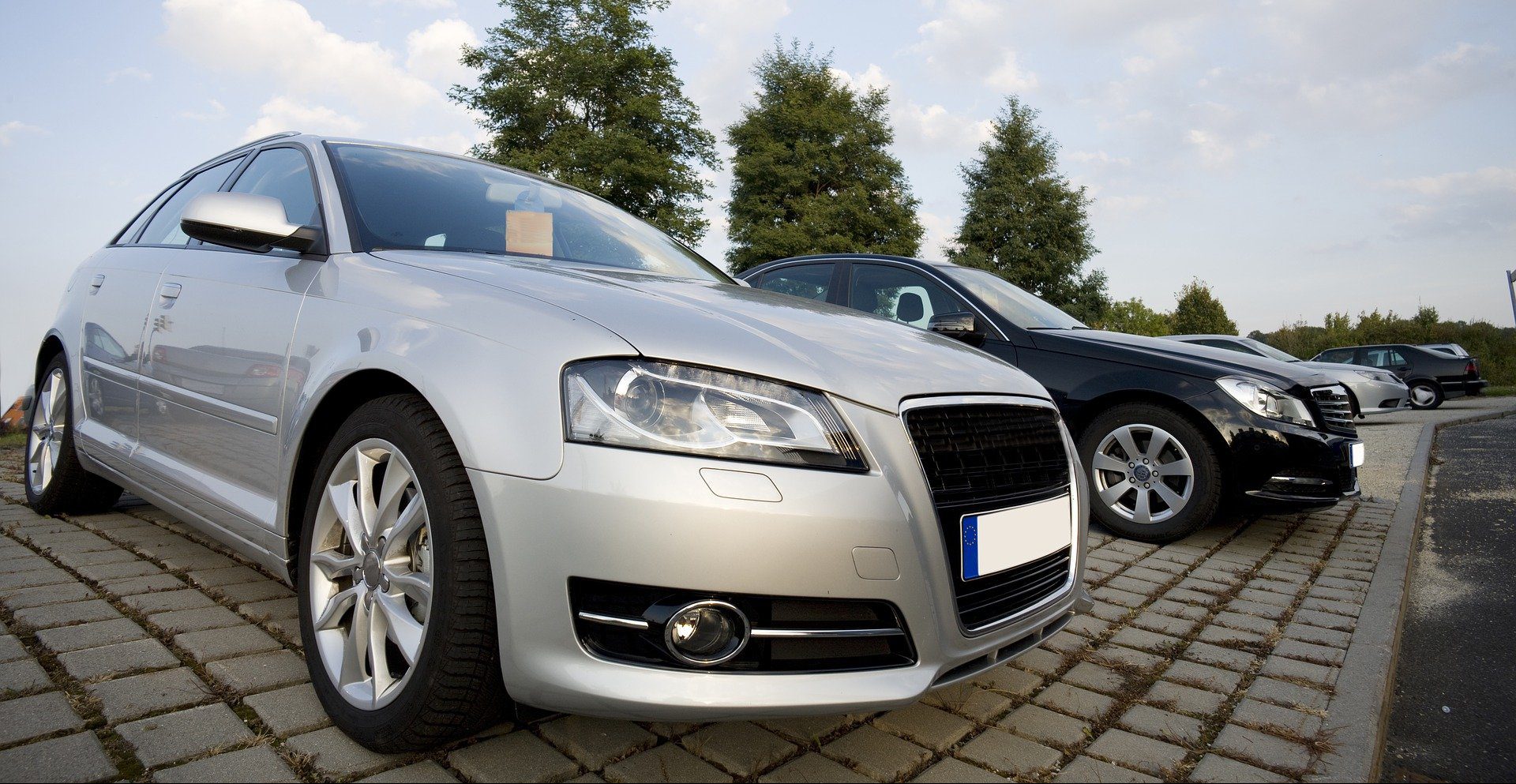Guide to selling your car on a loan

Selling your car with an outstanding loan? Well, the process is a bit more complicated, but it is possible. However, you’ll have to deal with a few extra steps (and costs) in order to sell your car. So here’s a 5 step guide on selling a car with and outstanding loan.
Read more: 6 ways to make sure your car dealer is reliable
Read more: 4 tips to get the best price for your car
1. Figure out the payoff amount

The first step in selling your car with a loan is to figure out the payoff amount. The payoff amount is how much you still owe on your loan. It’s important to contact your lender and figure out the payoff amount, as well as how they would handle the transaction to pay off the loan early.
For example, if the loan was from a local bank, they’ll likely want you to find a buyer and bring them into a bank office to sign the paperwork.
Since the lender still owns part of the car, you won’t be able to sell your car unless you settle the loan with them first.
2. Pay off the amount

There’s a few different ways to do this, and the easiest, most direct way, would probably be to pay it off on your own. However, if this isn’t in the cards for you, you can choose a different way to pay off your outstanding loan.
Read more: 5 ways to settle your outstanding loan before selling your car
3. Determine extra charges

When you pay off a loan early, you’ll usually be charged extra fees. It varies depending on what type of lender you have, but you can easily determine these extra fees by contacting your lender and sorting out the early payment transaction.
However, the most common lender is going to be a bank, so I’ll break down the costs associated with trying to redeem your bank car loan early.
First, you’ll be charged a certain percentage of the interest rebate, usually around 20%. Using that an example, here’s how you can calculate your interest rebate:
(n[n+1] ÷ N[N+1]) × Total Terms Changes
- n: the unexpired loan period in months
- Total term charges refers to the total interest payable
- N: the original loan tenure in months
If you have a five year loan of $50,000 and you want to pay it off early after 25 months, then you will be charged 20% of the interest rebate. Interest rate is 2.50% per annum (per year).
Based on this information, your interest rebate would be:
Interest rebate = (35[35+1]) / (60[60+1]) × $6,250 = $2,151.64
20% bank fee = $2,151.64 * 20% = $430.33
- n = 60 (5 years in months) – 25 (paid instalments) = 35
- N = 60
- Total terms changes = 2.50% (interest) * 5 years * 50,000 = $6,250
In addition to the interest rebate fee, you will also have to add a percentage of the total financed amount, which is around 1%. If the total financed amount was $50,000, then 1% of that is $500.
The total extra fees you would owe to the bank would then be:
Outstanding instalment amount – 80% of the interest rebate + 1% of total financed amount
$32,812.50 – ($2,151.64 – $430.33) + $500
= $31,591.19
Outstanding instalment amount:
Total amount owed = $50,000 + $6,250 = $56,250
Instalments already paid for 25 months = (56,250/60)*25 = $23,437.50
Outstanding instalment amount = $56,250 – $23,437.50 = $32,812.50
The final payment might end up varying, depending on if you received a rebate on your loan, so the best way to determine any extra fees on your loan would be to check with your lender.
4. Value your car

Next, you’ll need to figure out the value of the car. There are two ways to go about it. Firstly, go online and search for the valuation of your car model. Two, the easier method, simply get a quote from Carro. We’ll get back to you within 15 minutes and will even throw in a free car valuation.
5. Subtract the payoff amount from the value of the vehicle

Once you’ve figured out your outstanding balance, any extra fees, and the value of your car, you can subtract the payoff amount from the value of your vehicle. If the result is positive, you have equity in your car; if it’s negative, you’re upside down on the car loan.
Selling a car with negative equity means you need to give the lender all the money from the car sale and pay for the negative equity. Essentially, the value of your car isn’t enough to pay off the loan early, so you’ll use the money you get from your car to pay off the loan, plus any extra that might not be covered by the value of the car.
So while it’s possible to sell your car with a loan, you should be checking the cost and benefits of this transaction, because you may end up losing money in the transaction.
If you’re set on selling your car with a loan, CARRO can get you the best price. Insert your details here, and we’ll settle the rest. We’ll get you the best price for your car.
Get your quote today and sell with CARRO!





